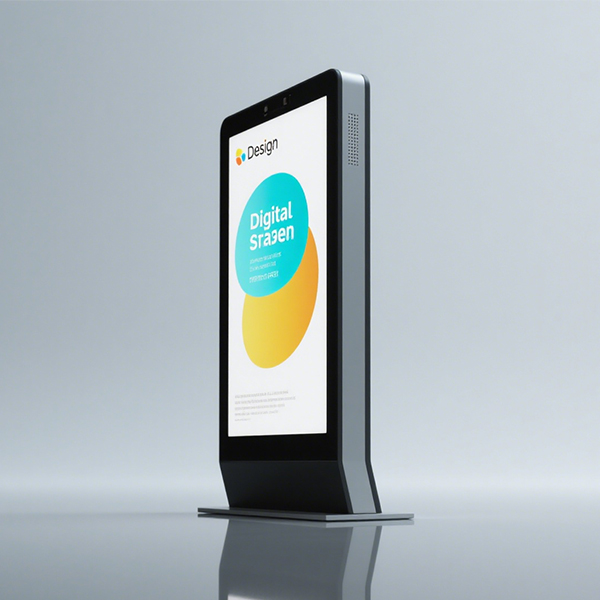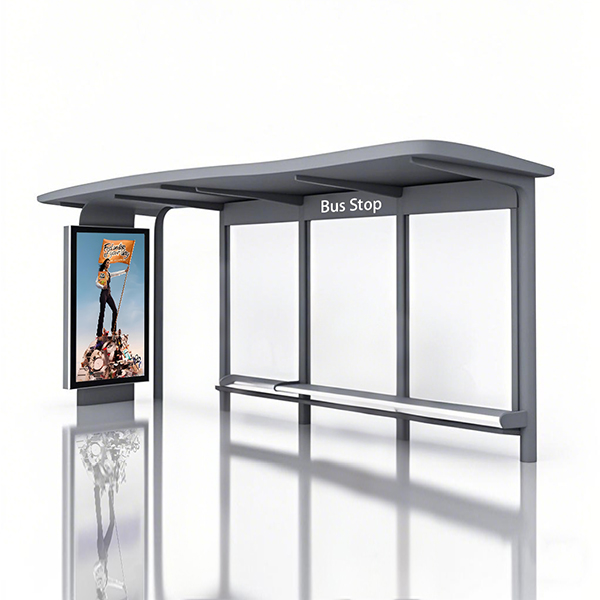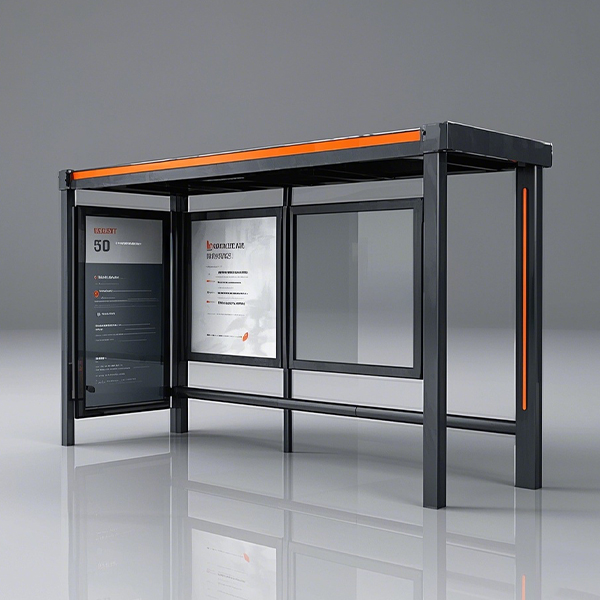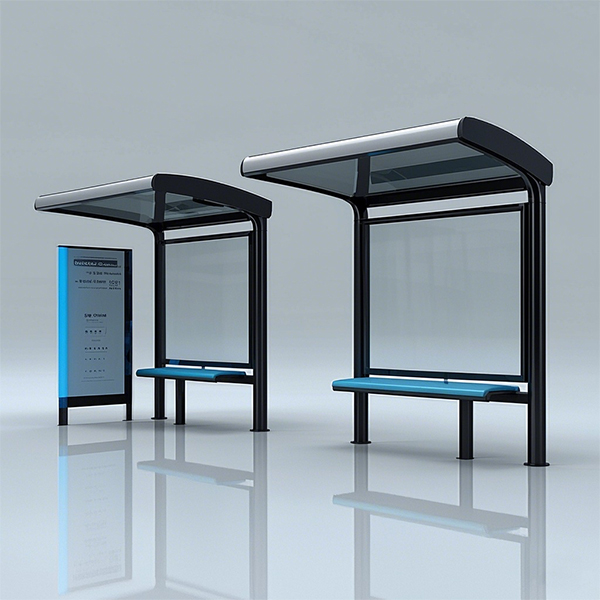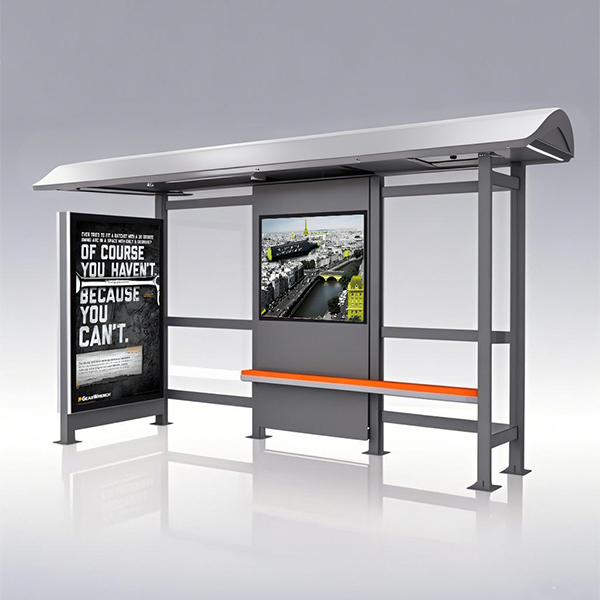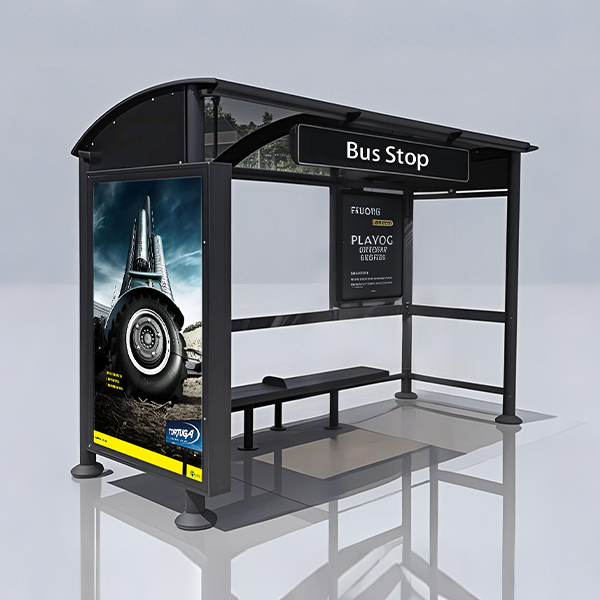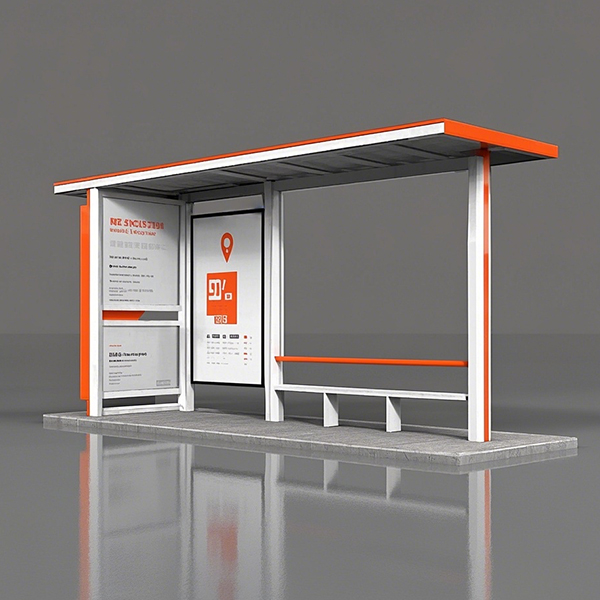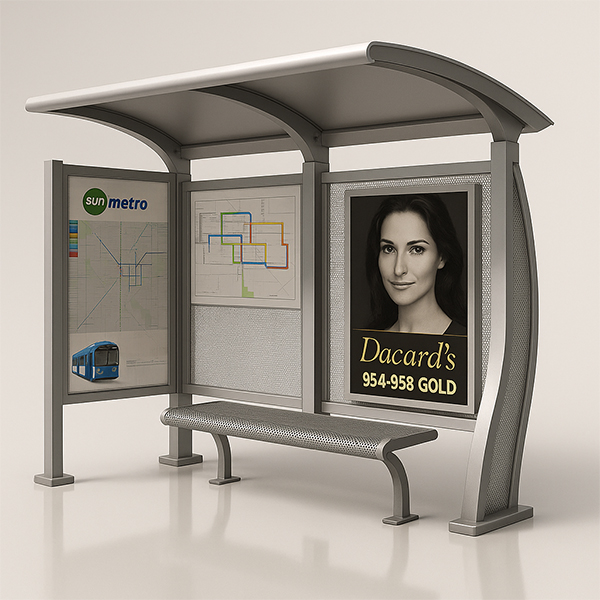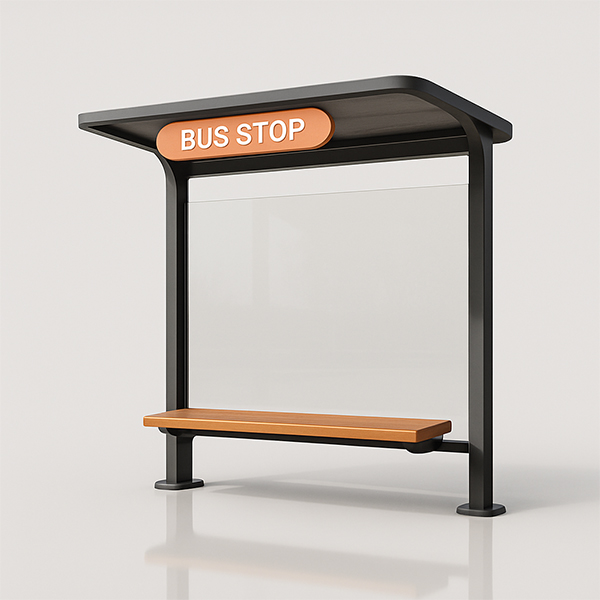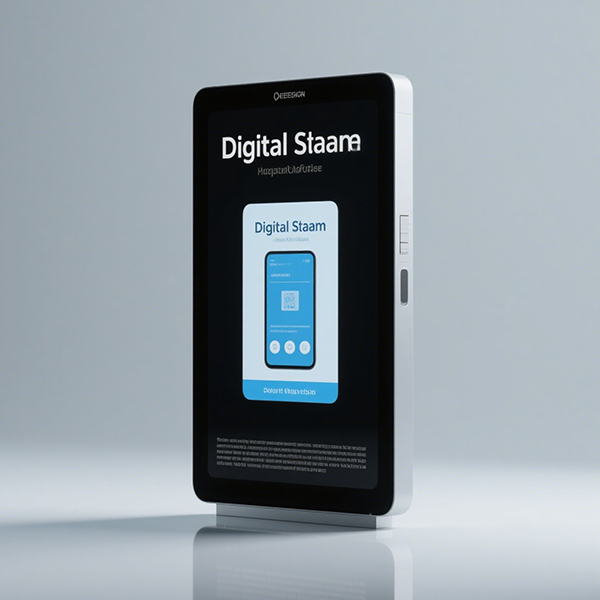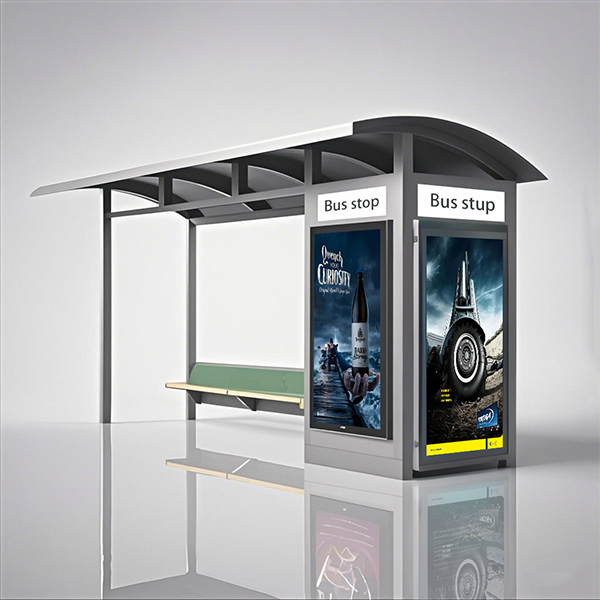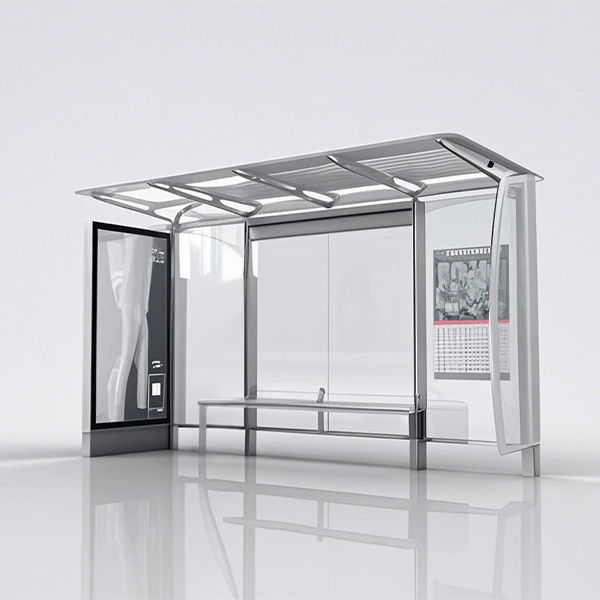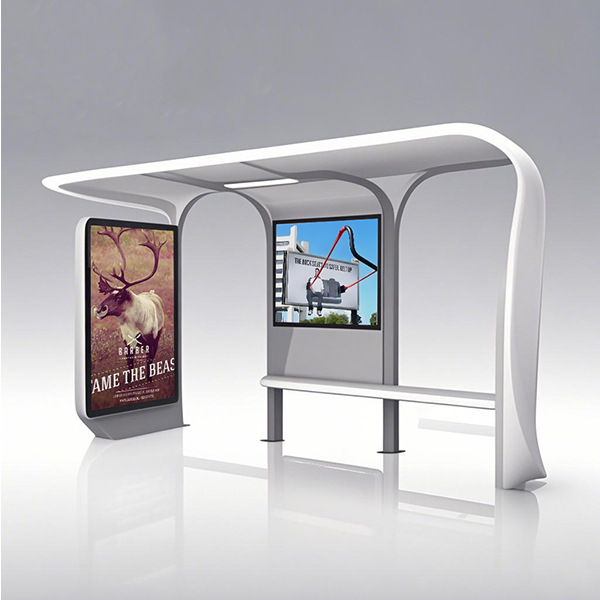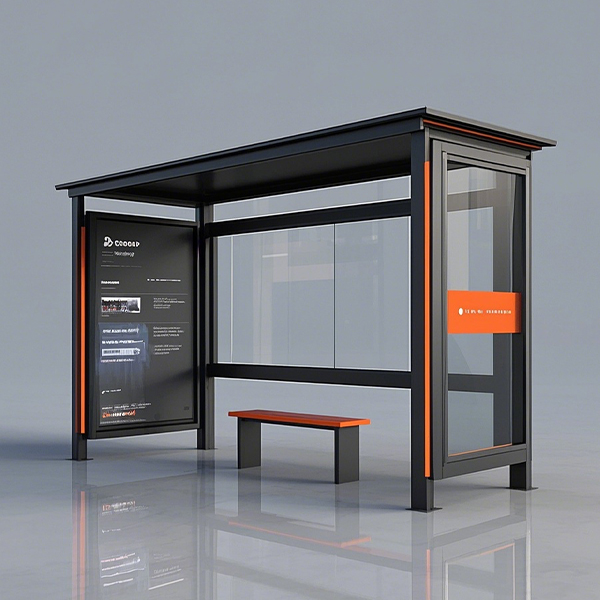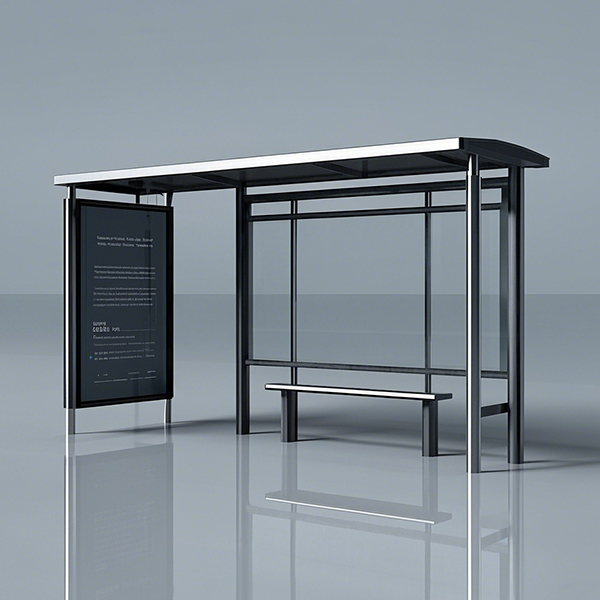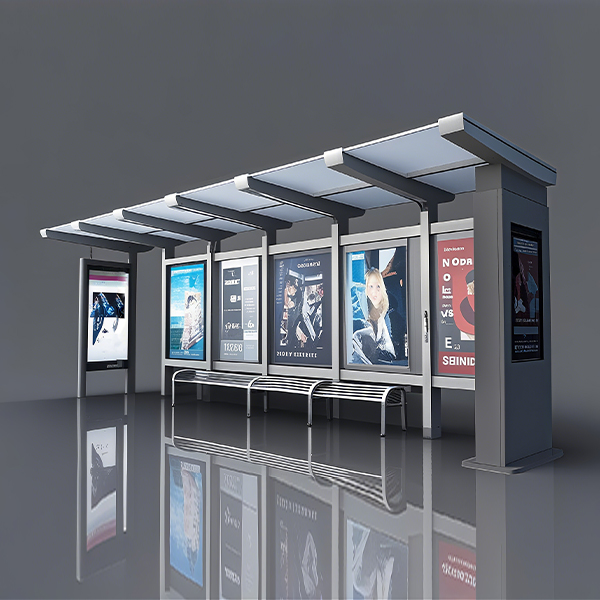
European Style Bus Shelter
This comprehensive guide explores the key considerations for designing and implementing effective and aesthetically pleasing European Style Bus Shelters. We’ll delve into design elements, materials, sustainability, and the overall process, ensuring you create a shelter that’s both functional and visually appealing. Learn about the latest trends, best practices, and discover resources to help you achieve your vision.
Understanding the Appeal of European Style Bus Shelters
Aesthetic Considerations
European Style Bus Shelters are often admired for their sleek, minimalist designs and integration with the surrounding environment. They often feature clean lines, high-quality materials, and a focus on functionality. This style prioritizes user experience, providing comfortable and safe waiting areas for passengers. Think about the overall aesthetic you wish to achieve: modern, traditional, rustic, or something else entirely. The chosen design should complement the existing architecture and urban landscape.
Materials and Construction
The choice of materials significantly impacts the longevity and aesthetic of your European Style Bus Shelter. Common materials include tempered glass, powder-coated steel, and sustainable timber. Consider factors such as durability, weather resistance, and maintenance requirements. High-quality materials not only enhance the visual appeal but also ensure the shelter's longevity and resilience against harsh weather conditions. The construction process should prioritize precision and detail to ensure a seamless and visually appealing final product.
Designing for Functionality and Accessibility
Passenger Comfort and Safety
A well-designed shelter prioritizes passenger comfort and safety. Features like comfortable seating, adequate lighting (consider LED for energy efficiency), and clear signage are essential. Accessibility is crucial; ensure the shelter complies with ADA guidelines to accommodate passengers with disabilities. This includes features like ramps, sufficient space for wheelchairs, and clear visual cues.
Integration with Public Transportation
The shelter should seamlessly integrate with the local public transportation system. This means clear signage indicating routes and schedules, good visibility for approaching buses, and possibly integrated real-time information displays. Consider the flow of pedestrian traffic around the shelter, ensuring it doesn't obstruct walkways or create safety hazards.
Sustainability and Environmental Impact
Eco-Friendly Materials
Opting for sustainable and recycled materials minimizes the environmental impact. Consider using recycled glass, sustainably sourced timber, and low-energy lighting options. Explore the use of solar panels for integrated power solutions, reducing the shelter's carbon footprint.
Energy Efficiency
Incorporate energy-efficient lighting and ventilation to minimize energy consumption. Well-insulated shelters can help regulate temperature, reducing reliance on heating or cooling systems. This not only reduces operating costs but also contributes to a smaller environmental impact.
The Implementation Process
Planning and Permits
Before construction begins, obtain all necessary permits and approvals from local authorities. This stage involves site surveys, design reviews, and environmental impact assessments. Thorough planning minimizes delays and ensures compliance with regulations.
Installation and Maintenance
Choose experienced contractors with a proven track record of installing high-quality European Style Bus Shelters. Regular maintenance is essential to preserve the shelter's aesthetics and functionality. A well-maintained shelter reflects professionalism and enhances passenger experience. Consider establishing a routine maintenance schedule to address minor issues promptly and prevent major repairs.
Choosing the Right Supplier
Selecting a reliable supplier is critical for a successful project. Consider factors such as experience, reputation, quality of materials, and customer service. A reputable supplier can provide expert guidance and support throughout the entire process. Shandong Luyi Public Facilities Co., Ltd. offers a range of high-quality public facilities, including innovative and durable bus shelter solutions. Their commitment to quality and customer satisfaction makes them a valuable partner for your project.
| Material | Pros | Cons |
|---|---|---|
| Tempered Glass | Durable, modern look, good visibility | Can be expensive, prone to breakage |
| Powder-coated Steel | Strong, weather-resistant, low maintenance | Can be susceptible to rust if damaged |
| Sustainable Timber | Aesthetically pleasing, eco-friendly | Requires regular maintenance, susceptible to rot |
Remember, the perfect European Style Bus Shelter is a balance of aesthetics, functionality, and sustainability. By carefully considering these factors throughout the design and implementation process, you can create a shelter that benefits both passengers and the environment.
Соответствующая продукция
Соответствующая продукция







